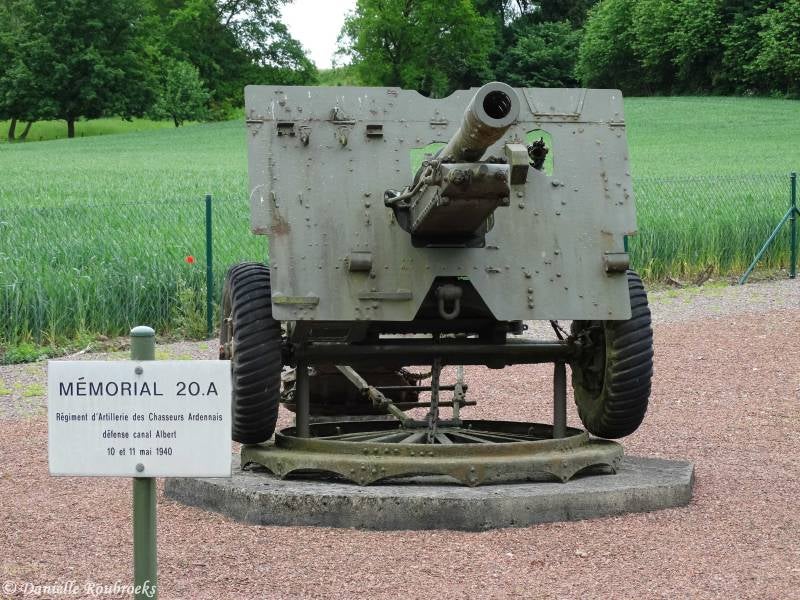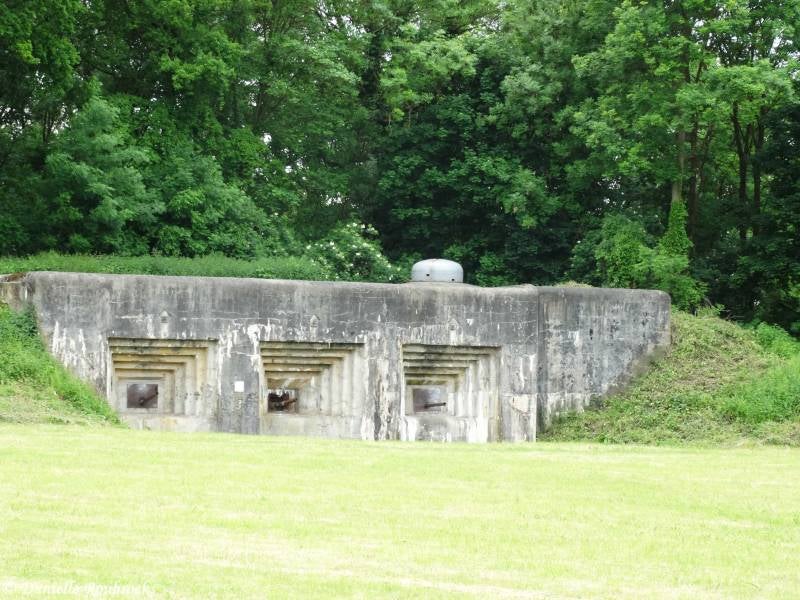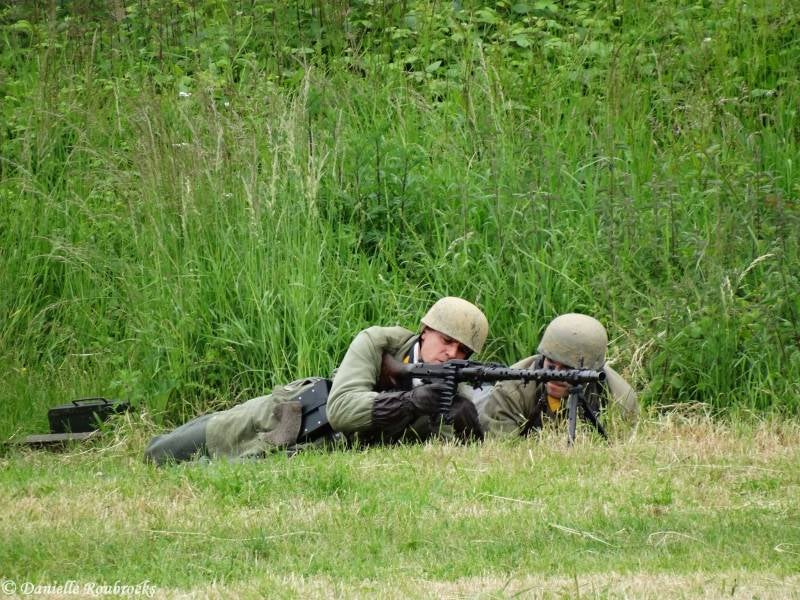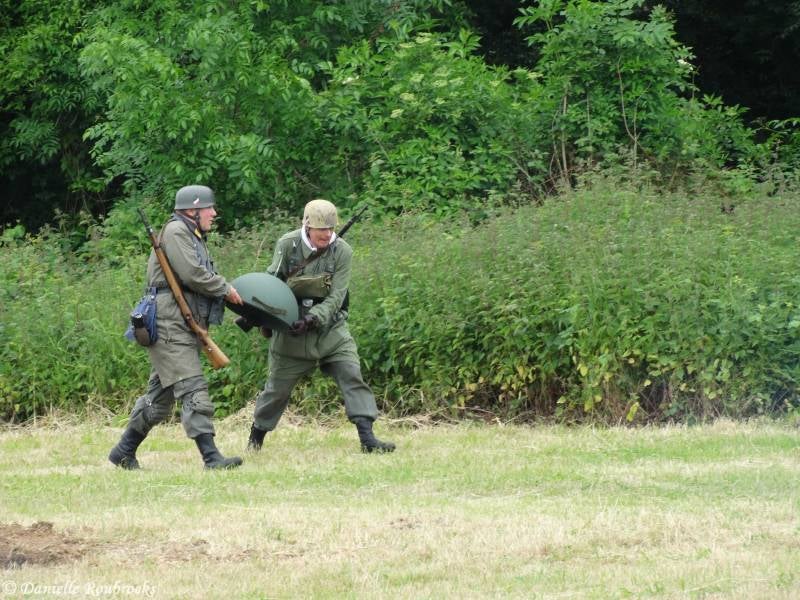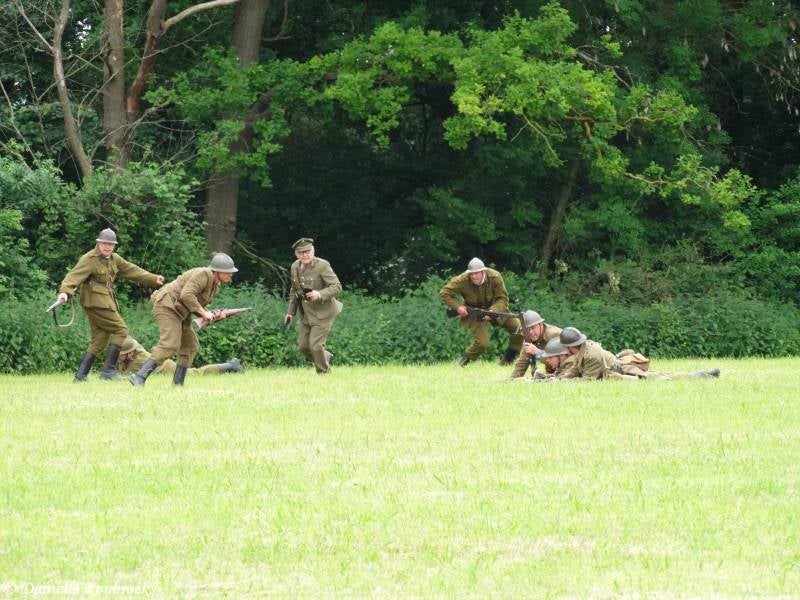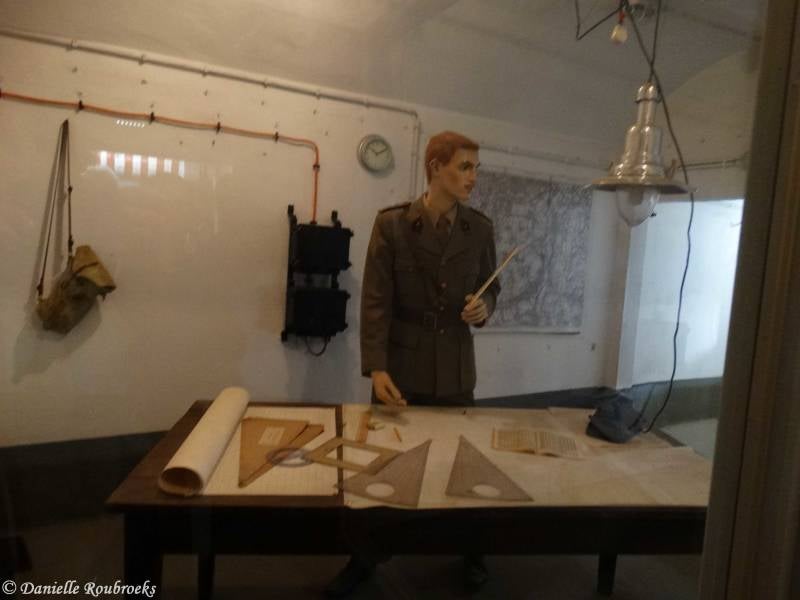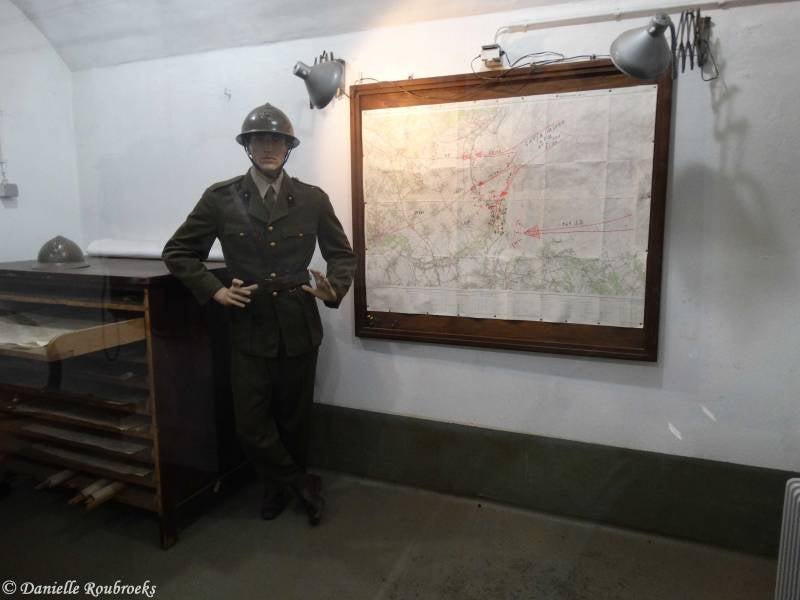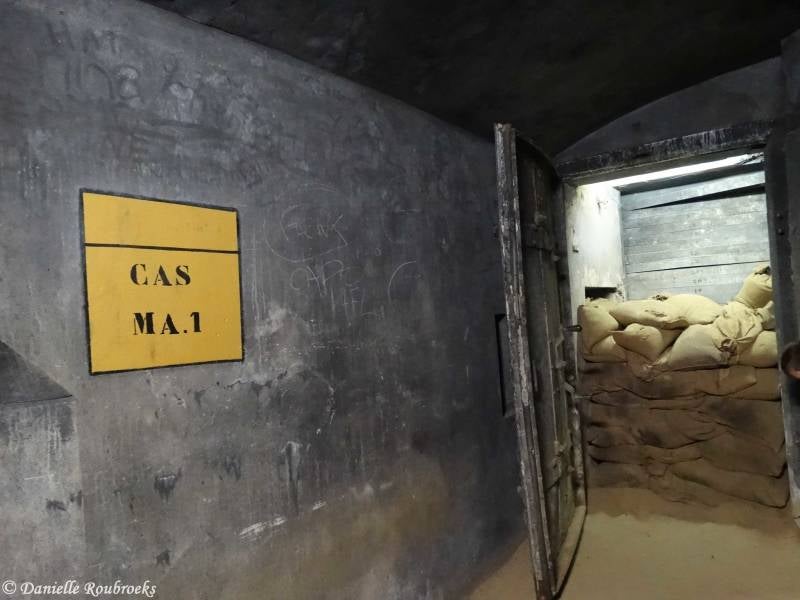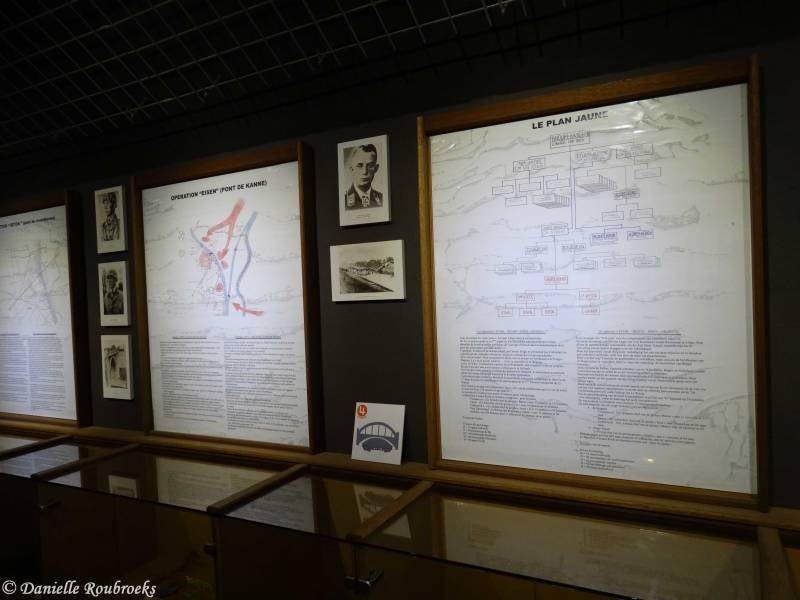Fort Eben-Emael
Fort Eben-Emael (Source: Wikipedia)
It is an inactive Belgian fortress located between Liège and Maastricht, on the Belgian-Dutch border, near the Albert Canal. It was designed to defend Belgium from a German attack across the narrow belt of Dutch territory in the region. Constructed in 1931–1935, it was reputed to be impregnable and at the time, the largest in the world. The fort was neutralized by glider-borne German troops (85 men) on 10 May 1940 during the Second World War. The action cleared the way for German ground forces to enter Belgium, unhindered by fire from Eben-Emael.
Fort Eben-Emael occupies a large hill just to the east of Eben-Emael village (now part of Bassenge) and bordering the Albert Canal. The irregularly-shaped fort is about 600 metres (2,000 ft) in the east-west dimension, and about 750 metres (2,460 ft) in the north-south dimension.[7] It was more heavily armed than any other in the PFL I. In contrast to the other forts whose main weapons were in turrets, Eben-Emael's main weapons were divided between turrets and casemates.[8] The 60mm, 75mm and 120mm guns were made by the Fonderie Royale des Canons de Belgique (F.R.C.) in the city of Liege.
- Block B.I - entrance block with two 60mm anti-tank guns (F.R.C Modèle 1936) and machine guns.
- Blocks B.II, B.IV and B.VI - flanking casemates located around the perimeter ditch to take the ditch in enfilade with two 60mm guns and machine guns.
- Block B.V - similar to II, IV and VI, with one 60mm gun.
- Cupola 120 - one twin 120mm gun (F.R.C Modèle 1931) turret, with a range of 17,5 km. There were also three dummy 120mm turrets.
- Cupola Nord and Cupola Sud - each had one retractable turret with two 75mm guns (F.R.C Modèle 1935), with a range of 10,5 km.
- Visé I and IÍ - each house three 75mm guns, facing south.
- Maastricht I and II - each house three 75mm guns, firing north in the direction of Maastricht.
- Canal Nord and Sud - were twinned blocks housing 60mm guns and machine guns covering the canal. 'Sud' was demolished when the canal was enlarged.
- 'Mi-Nord and Sud' are machine gun blocks (mitrailleuses) in the main surface of the fort. They were crucial in defending the top of the fort.
- 'Block O1' overlooks the canal and guarded the Lanaye locks. It housed a 60mm gun and machine guns.
- Underground galleries extend over 4 kilometres (2.5 mi) beneath the hill, connecting the combat blocks and serving the underground barracks, power plant, ammunition magazines and other spaces. Fresh air was obtained from intake vents over the canal.
Still the property of the Belgian Army, the fort has been preserved and may be visited.




